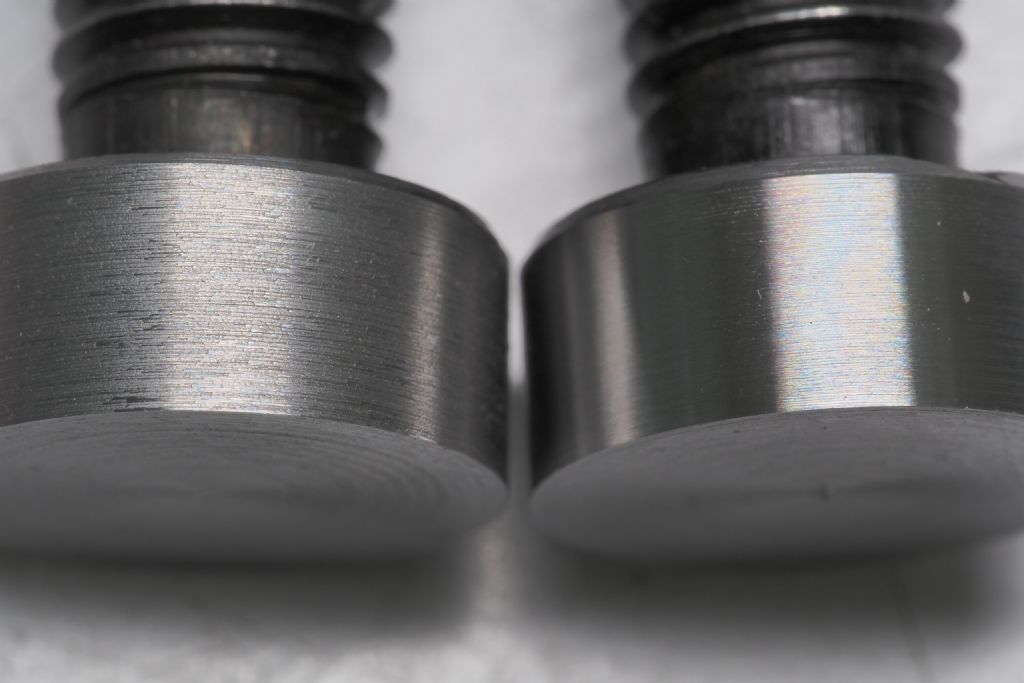No tool should have a "rubbing, polishing" action.
Turning marks are really microscopic screw-threads, and the effect is the more evident the finer the tool point. The radius smooths the crests by planing them down as the cutting edge actually doing that is a lot wider than the groove pitch. It does not rub them out if it is working properly.
The "often a bit smeary" may point to often using different grades of steel as provided all the other conditions are constant, the finish should be consistent as long as the tool is sharp.
It can be affected by other factors such as very slight play in the slides, or very slight chatter, influenced by work radius and tool setting dictating where the slide is along its dovetails. This will also bear on depth of cut as it might make too shallow a cut more prone to breaking into a rubbing action.
If you use carbide inserts, these fussy little darlings can be more affected by steel grade than are HSS tools, and they don't really last long before starting to lose their sharpness. Their manufacturers' catalogues show a bewildering variety set as much by material as anything else – but they are designed for serious metal-munching at terrifying rates in hefty great, very rigid,machines.
If you use HSS tools, carefully honing the ground edge to a finder surface can help improve the finish.
 JasonB.
JasonB.





